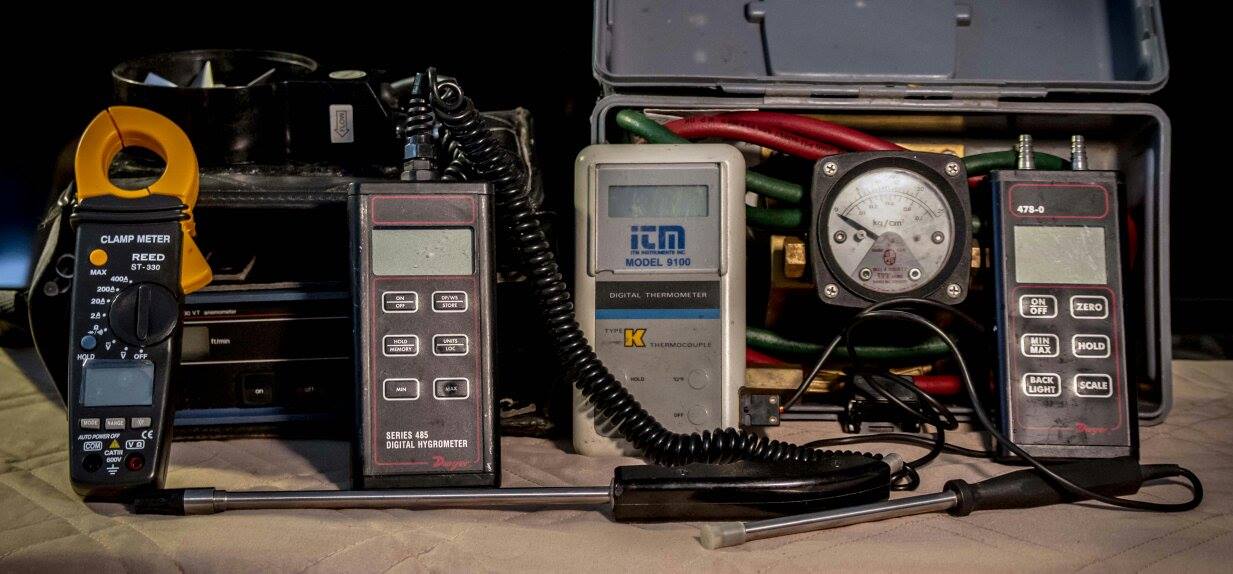Single Duct Variable Air Volume Air System

The single duct variable air volume air system information states that the system supplies a varying quantity of air at a constant pressure and temperature in a single run of duct to variable volume boxes which deliver the air to diffusers throughout the building.
The volume of air delivered by this air system can be controlled by inlet control vanes, variable fan speed, variable fan blade pitch or outlet control damper, which maintains a constant supply duct static pressure.
The pressure is sufficient to maintain a minimum operating pressure at all variable volume control boxes. Operating at higher duct static pressure than necessary wastes energy and results in a higher noise level at the variable air volume boxes due to throttling.
A wall mounted thermostat or sensor through the building automation system, sensing zone temperature regulates the volume of air allowed to enter the controlled area through one or more ceiling mounted variable volume air control boxes.
The return fan which draws air back from the space provides the return link in the air circulation for the zone.
VAV Components
The air system may be comprised of:
Hard copy and E book for sale. Introduction to Building Mechanical Systems. Click here.